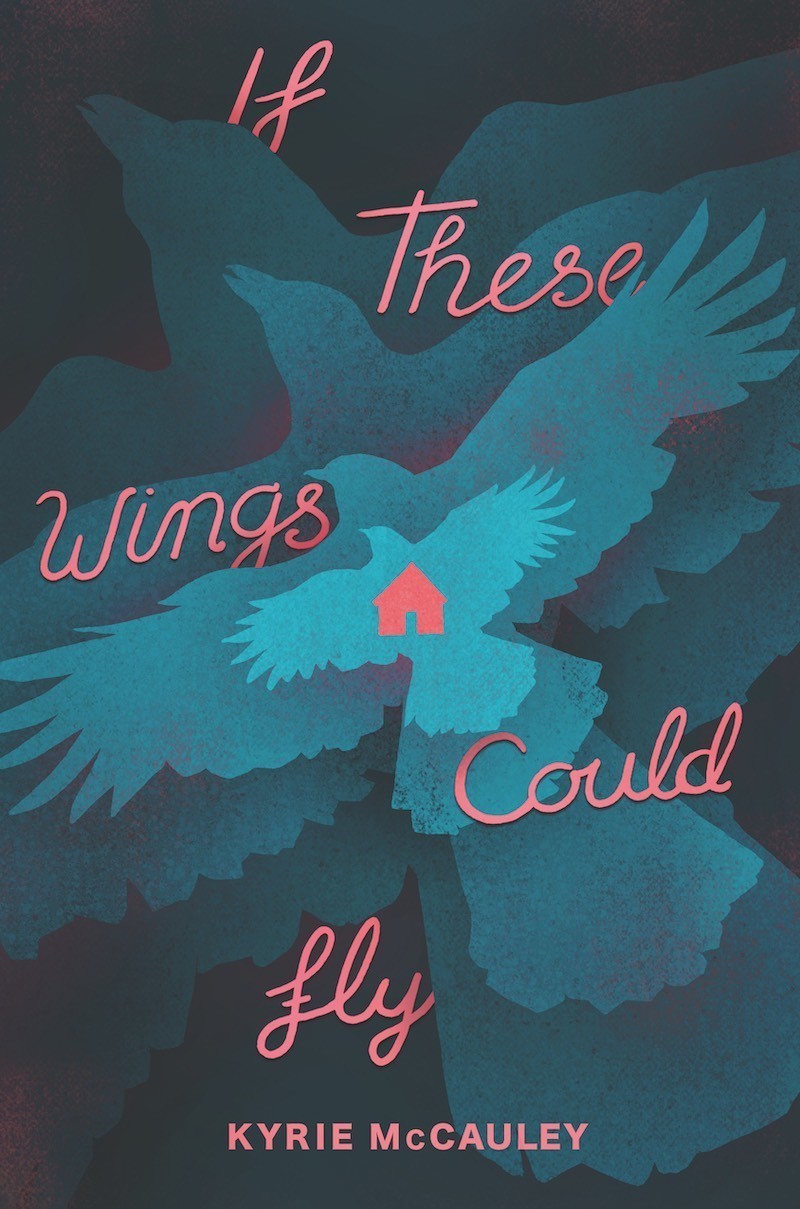Chapter 53
byChapter 53 of If These Wings Could Fly presents a vivid scene where the protagonist, despite ongoing tensions with her parents, decides to bike three miles to attend a town hall meeting about the crows that have invaded Auburn. With no ride available, she opts to make the journey alone in December’s cold, refusing to ask for help from her parents. When she arrives at the municipal building, she encounters a lone crow perched nearby, a sight that resonates deeply with her as she briefly exchanges a glance with the bird. This moment feels significant to her, as the crow seems to symbolize the very problem the town is grappling with, adding a layer of symbolism to her experience.
Inside the meeting, the discussion begins with a report from the game warden, who details previous crow hunts. Unfortunately, the results have been disappointing, with over six hundred crows captured in the past, yet the latest attempt yielded no captures, suggesting the crows are aware of the danger. The protagonist is struck by the idea that the crows might have developed a memory of previous hunts, leading her to wonder if their behavior is an instinctive reaction to the threat. Her thoughts drift to consulting an ornithologist, considering the possibility that there might be more to the crows’ behavior than meets the eye. This reflection speaks to the larger tension of the meeting: how to manage an intelligent species that seems to understand the human efforts to control its presence in Auburn.
As the meeting continues, the atmosphere grows heavier, filled with frustration from the town’s residents who are fed up with the crows’ disruptive behavior. They complain about the crows raiding trash cans and attacking garbage bags, their actions causing a mess around town. Mr. DiMarco, a local figure, dismisses the complaints with an air of superiority, deepening the protagonist’s growing dislike for him. Amidst the heated discussions, one resident claims the crows killed his cat, further fueling the animosity towards the birds. This complaint prompts a councilman to suggest that only verifiable evidence should be presented, pushing for more rational discussions about the crows’ impact on the community. This moment reveals the divide between the more emotional reactions and those who seek practical solutions, emphasizing the tension between the townspeople and the crows.
In the midst of the contentious meeting, Mrs. Stieg, a neighbor who is passionate about her rose garden, shares her distress about the crows damaging her beloved plants. She speaks about the years of effort she’s put into cultivating her roses, urging the town to take action and eliminate the threat posed by the crows. Her emotional plea resonates with some attendees, and she calls for expert intervention to handle the problem. The room is divided, with some residents fully supporting her stance, while others remain unconvinced. This moment showcases the deeply personal connection some people have to their land and possessions, further complicating the debate on how to deal with the crow population. The chapter captures the tension between individual grievances and the larger community’s approach to managing the issue.
When the vote for Town Ordinance 4420 to fund crow eradication is called, the room falls into an uneasy silence. The protagonist, standing firm in her beliefs, votes “nay,” but her dissent is drowned out by the overwhelming chorus of “aye” votes from her neighbors. She leaves the meeting quickly, feeling the weight of the decision press down on her. Outside, she is greeted by the cacophony of crows, their cries echoing the outcome of the meeting. This powerful imagery, with the crows seemingly resonating with the “nay” vote, highlights the deep conflict between the town and the birds, symbolizing the struggle for control over nature and the power of collective decision-making. The protagonist is left to reflect on the stark division that the vote has created, both within the town and within herself, as the crows become a powerful symbol of the ongoing battle for space and survival.

